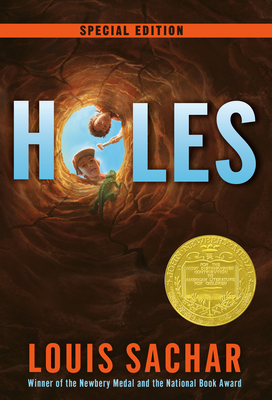The Ten Commandments of VBA for Microsoft Access Newbies: Practices that produce safe, understandable, and reliable software
Select Format
Select Condition 
Book Overview
THE FOUNDATION FOR VBA SUCCESS
Many VBA books try to tell you everything you can do with the language. Many succeed, but they are very large, because VBA is large. You will need large books eventually. But while large books tell you what you can do, this book focuses on what you should do. What you should do is a much smaller subset of VBA, so your learning is faster. And, when you get to the large books, you'll already have a good foundation.
THE READERIs working with an Access databaseNeeds leverage over Access Wants the most power with the least effort The text is aimed at readers who have a little bit of programming experience. Of course, experienced developers are also welcome.WHAT YOU'LL LEARNThe small set of VBA you needThe proper way to write VBA codeWhere to put your codeWhere not to put your codeHow to equip VBA with safety codeHow to find errors before they cause problemsHow to use Tools to simplify developmentWHERE THE COMMANDMENTS COME FROMThe techniques presented in the book have been developed over several decades.They've been successfully used with VB, Fortran, Pascal, C++, C# and other programming languages. They've been used to design, develop, maintain, and extend software used in the scientific research of structures responsible for protecting human life.
Format:Paperback
Language:English
ISBN:B086MKBH1C
ISBN13:9798608832888
Release Date:March 2020
Publisher:Independently Published
Length:278 Pages
Weight:0.71 lbs.
Dimensions:0.6" x 5.5" x 8.5"
Customer Reviews
0 customer rating | 0 review
There are currently no reviews. Be the first to review this work.




















